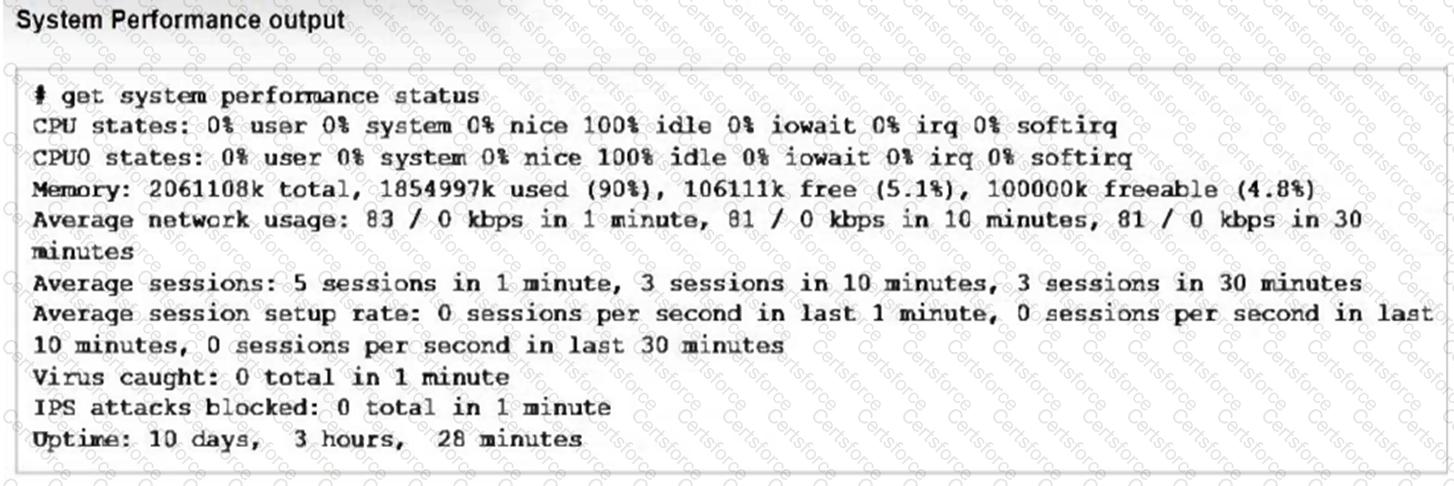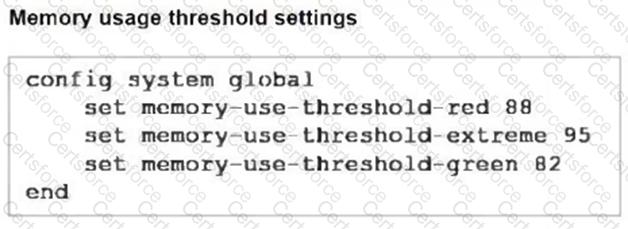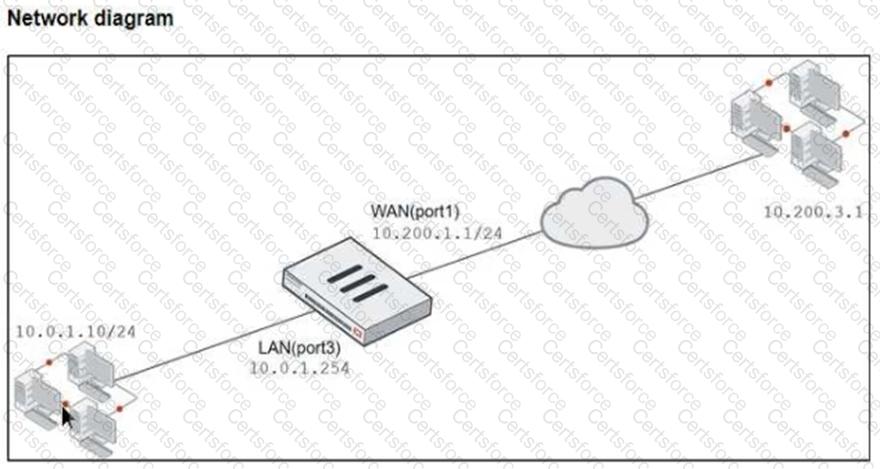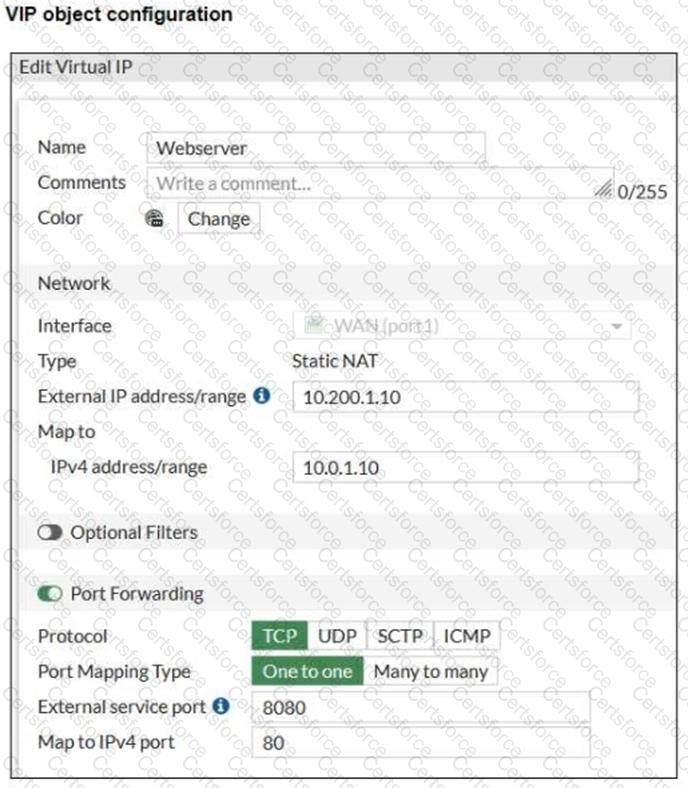Refer to the exhibit, which shows a partial configuration from the remote authentication server.

Why does the FortiGate administrator need this configuration?
Which engine handles application control traffic on the next-generation firewall (NGFW) FortiGate?
Refer to the exhibits, which show the system performance output and the default configuration of high memory usage thresholds in a FortiGate.


Based on the system performance output, what can be the two possible outcomes? (Choose two.)
What are two features of collector agent advanced mode? (Choose two.)
A network administrator enabled antivirus and selected an SSL inspection profile on a firewall policy.
When downloading an EICAR test file through HTTP, FortiGate detects the virus and blocks the file. When downloading the same file through HTTPS, FortiGate does not detect the
and does not block the file allowing it to be downloaded.
The administrator confirms that the traffic matches the configured firewall policy.
What are two reasons for the failed virus detection by FortiGate? (Choose two.)
A network administrator has configured an SSL/SSH inspection profile defined for full SSL inspection and set with a private CA certificate. The firewall policy that allows the traffic uses this profile for SSL inspection and performs web filtering. When visiting any HTTPS websites, the browser reports certificate warning errors.
What is the reason for the certificate warning errors?
Refer to the exhibits, which show a diagram of a FortiGate device connected to the network. VIP object configuration, and the firewall policy configuration.



TheWAN (port1)interface has the IP address10.200.1.1/24. TheLAN (port3)interface has the IP address10.0.1.254/24.
If the host10.200.3.1sends a TCP SYN packet on port 8080 to10.200.1.10, what will the source address, destination address, and destination port of the packet be at the time FortiGate forwards the packet to the destination?
Refer to the exhibit.

FortiGate is configured for firewall authentication. When attempting to access an external website, the user is not presented with a login prompt.
What is the most likely reason for this situation?
Which statement about the deployment of the Security Fabric in a multi-VDOM environment is true?
Which two statements are correct when FortiGate enters conserve mode? (Choose two.)